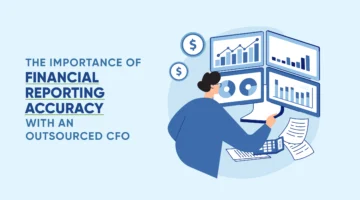Do You Have Too Much Inventory on Hand?
Do you have too much inventory on hand? This can be a complicated question for some companies, especially those who sell a lot of different products. If a company does not have enough inventory they will lose out on sales. If the inventory sits in the backroom too long it will cost the company a lot of money. Luckily there is a happy medium. Each business if different though. The amount of inventory needed depends on the industry, the season, or if the product has an expiration date. There are some general rules that every business can live by. Below are some key formulas to help you determine how much inventory is the right amount of inventory your business to carry.
Inventory Turnover Rate
Determine your inventory turnover rate Cost of Goods Sold (COGS) is divided by the average cost of inventory on hand. For example, a t-shirt company has costs of goods sold of $120,000 in one year and the average cost of inventory on hand is $10,000. $120,000/$10,000=12. This means the inventory turns over on average of once a month. This would be a great way to determine how much inventory to keep on hand if the same amount of t-shirts is sold every day of the year.
Unfortunately, this is not always the case. The same amount of t-shirts could be sold during a month from Black Friday to Christmas as is sold during the first four months of the year. In this situation, the company would run out of shirts during Christmas time and not have enough room to store shirts in March. Inventory turnover rate shouldn’t be the only way to decide how much inventory should be carried but it is a good start.
Understanding Inventory Turnover Days
Calculate the inventory turnover rate by the number of days. This will give businesses a better idea of how much inventory a company should have. To calculate inventory turnover days, you divide 365 by the inventory that you have on hand turnover rate. For the above scenario, you would divide 365 by 12. The above scenario would have inventory turnover days of 30.4.
The Solution
No business is the same. Having inventory turnover days of 30 could work for a t-shirt company but not for a grocery store. The grocery store would mainly focus on sales of perishable goods. They may need inventory turnover days of less than a week so that none of the goods go bad. While occasionally being short on a certain product could cost you a couple of sales it can be better for business. So when they have products sitting on the shelves or in the backroom for months at a time. Adjusting inventory turnover days for busy and slow months has been a proven way of finding a happy medium between carrying too much and too little inventory year-round. Need help figuring out if you have much inventory on hand at your company? Contact NOW CFO for a free consultation today.



